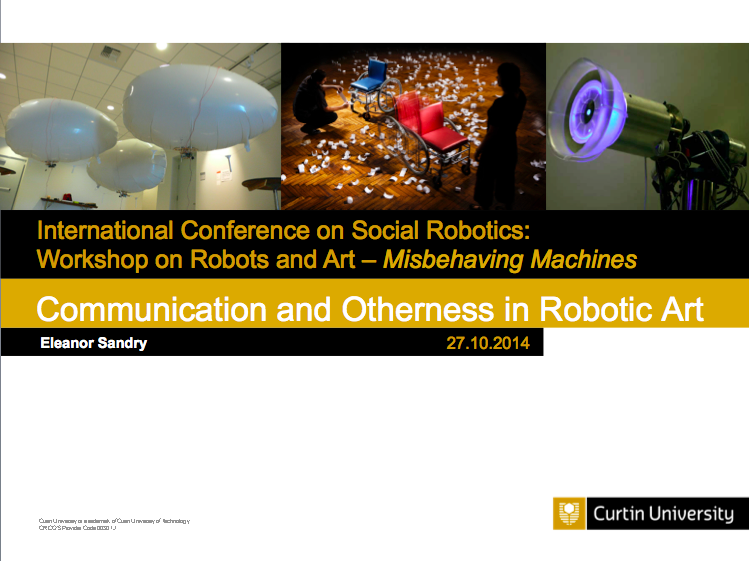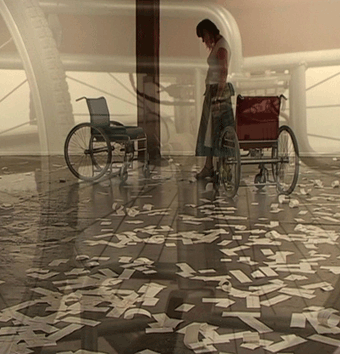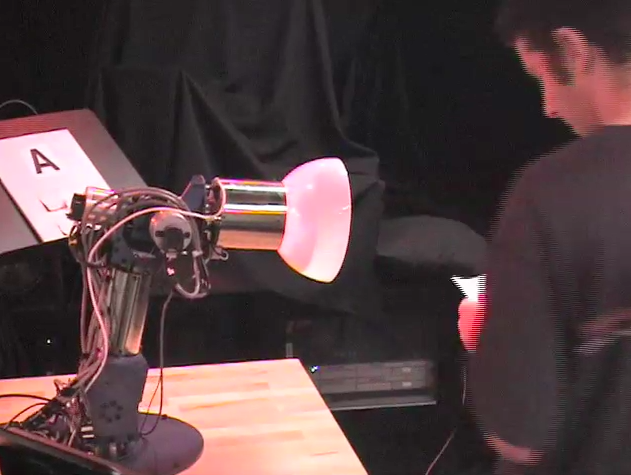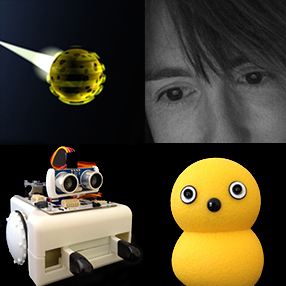I have just travelled to Sydney in preparation for the International Conference on Social Robotics (ICSR), 27-29 October 2014. This is a conference I’ve always wanted to attend, but have never really felt able to pitch a paper that was likely to be accepted. One of the difficulties of interdisciplinary research, I suppose, it that sense of not belonging anywhere. Proposing a paper based on humanities-related methodologies to a scientific or engineering conference certainly feels very challenging to me, although I do go and present seminars to engineers and roboticists on occasion.
However, things are different this year. Not only have a written a paper for a special issue of the International Journal of Social Robotics (IJSR), which I hope will make it through its final review to be published in 2015, but I have also been invited to speak at one of the workshop events on the first day of the ICSR conference.
The workshop is titled: Robots and Art – Misbehaving Machines, and my research into human-robot communication is really relevant, in particular because of the robots that I analyse from creative art installations. This is the title page:
I’ll post all of the slides somewhere when the talk has been given. At the moment I’m pretty sure I know what I’m going to say, but I may need to be a bit flexible on the day depending on what people before me in the running order have spoken about.
As the images on the title slide show, I’m definitely planning to talk about three example: the Autonomous Light Air Vessels (ALAVs); the Fish-Bird Project; and AUR, the robotic desk lamp. AUR might seem to be an outlier here, since it wasn’t developed as an art installation; however, the use of acting theory that lies behind the interaction design for this robot, and its own acting career (because yes, it was the star of a play called The Confessor), make it a fitting robot to consider as I try to lead out of art and into other applications for human interactions with non-humanoid robots in particular.
The talk really follows the same trajectory as my book Robots and Communication. The manuscript for that is in preparation at the moment, and it should be published as a Palgrave Pivot next year, if all goes to plan.







